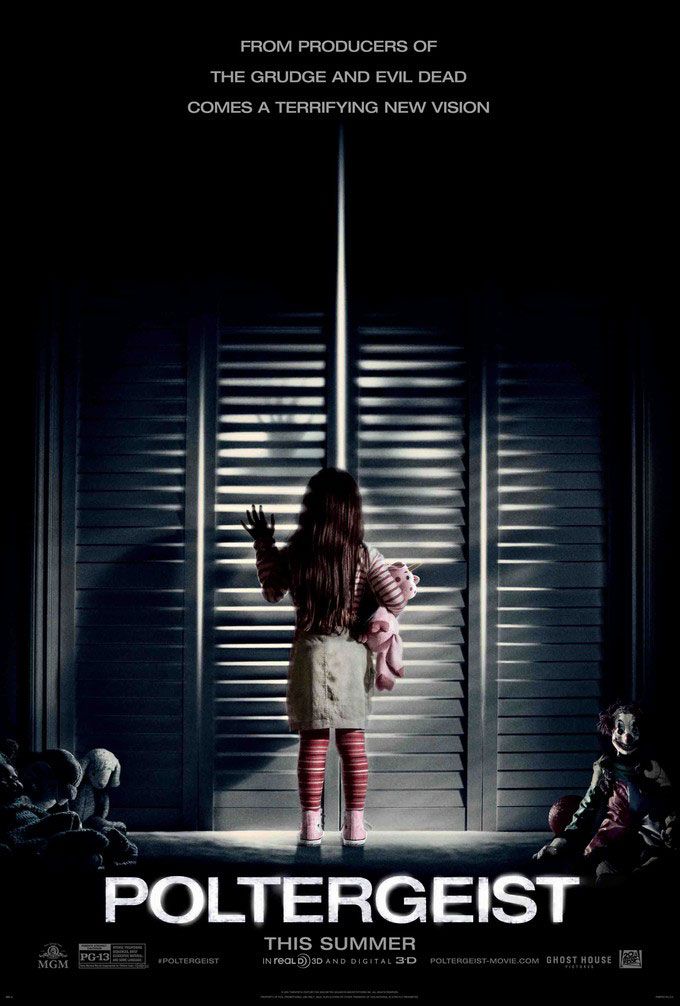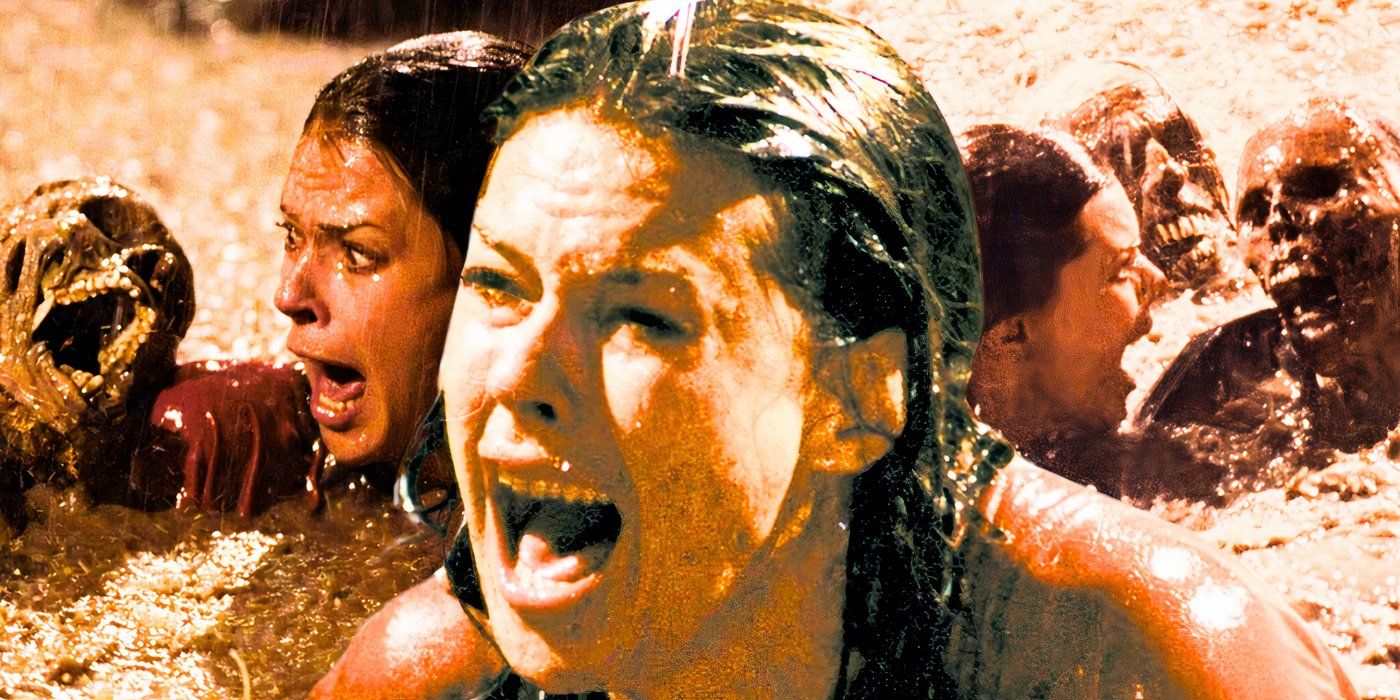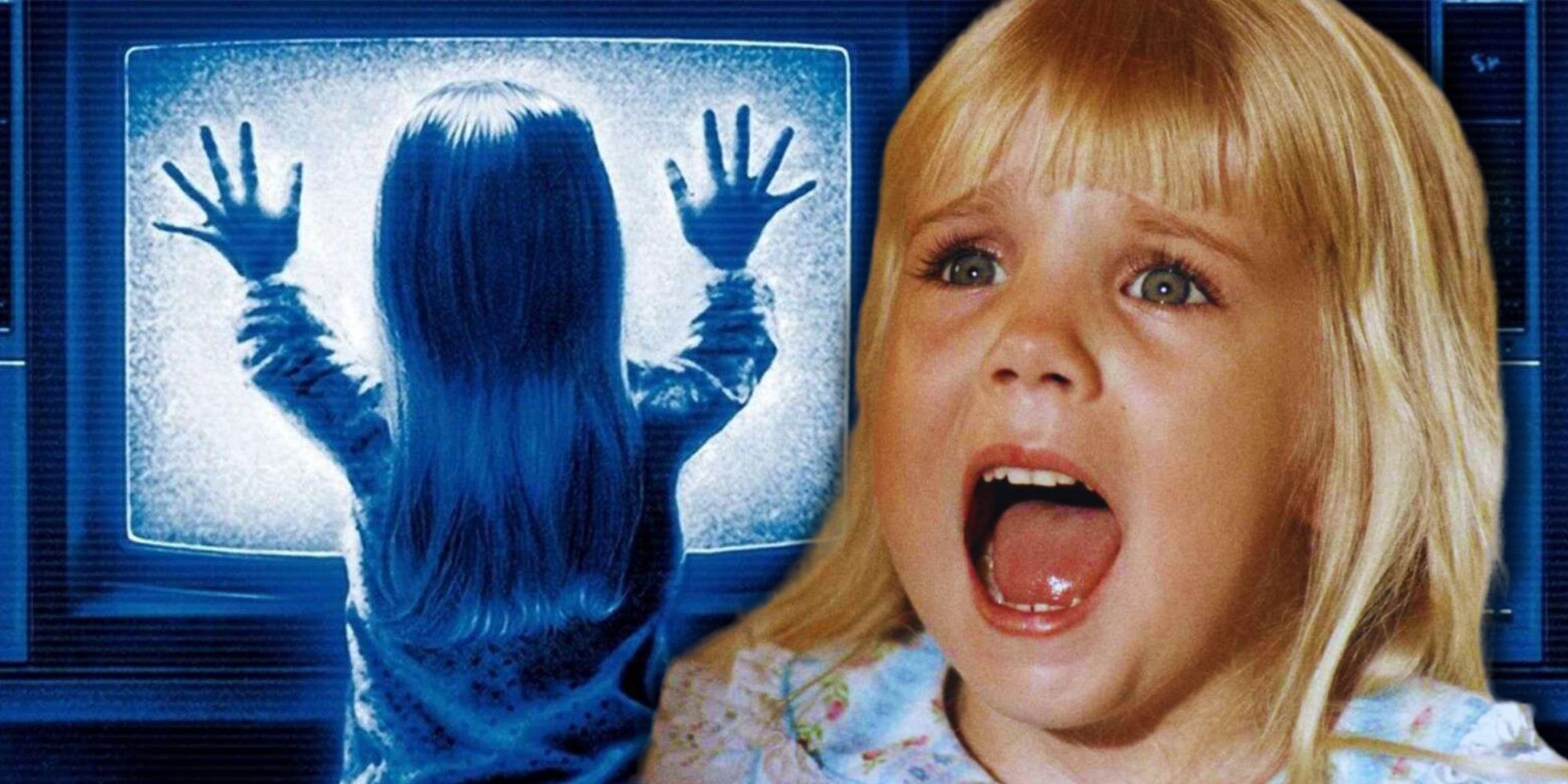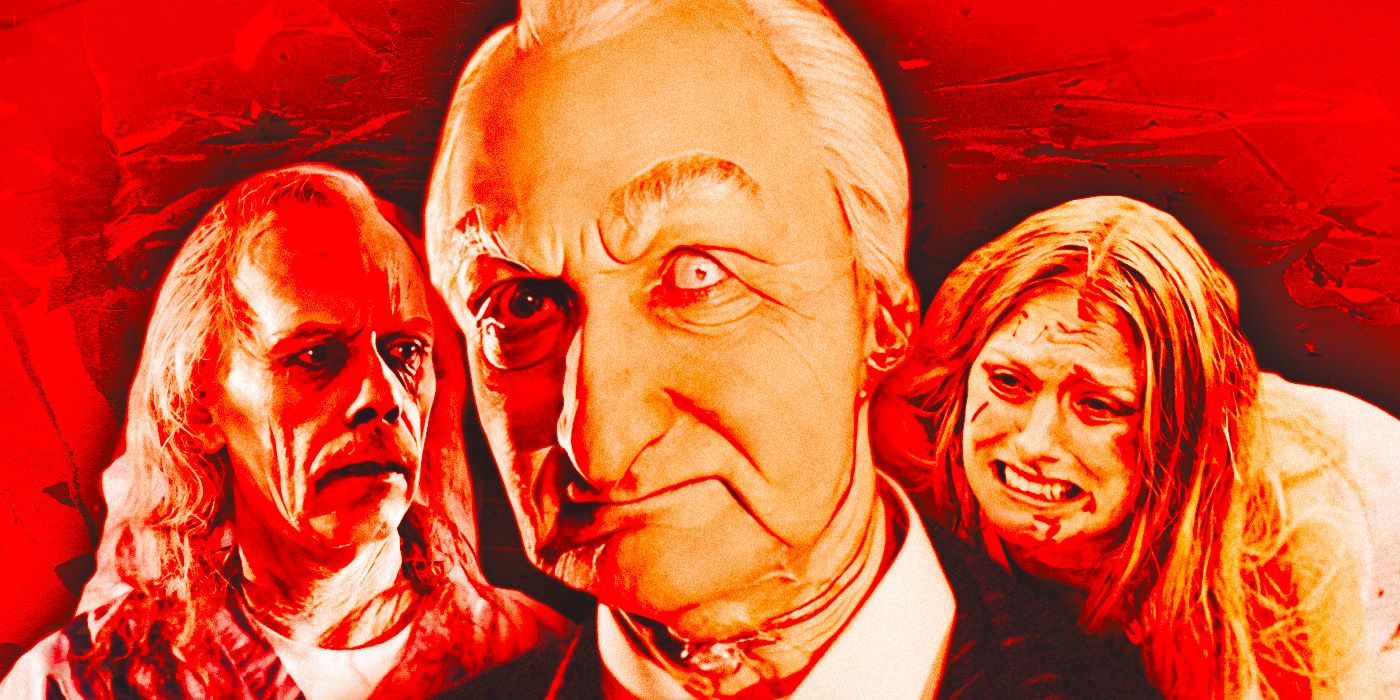What audiences didnt realize at the time was that those skeletons werent just props or plastic stand-ins.
They were (much to my disbelief when I first found out the true story) real human remains.
They were actual human skeletons.

In my innocence and naivete, I assumed that these were not real skeletons.
I assumed that they were prop skeletons made out of plastic or rubber.
And I think everybody got real creeped out by the idea of that.

Using real skeletons was a shortcut - and a cost-effective one.
That was an expensive, time-consuming task.
Real skeletons were shockingly cheaper - and thats what led them into the muddy pit of the Freelings backyard.

The production team forPoltergeistneeded skeletons that looked convincingly old, waterlogged, and weathered.
Tobe Hooper made some of the most important and influential horror movies in history.
However, not all his films were as successful as others.

The practice might have been accepted in the industry, but it still caught cast and crew off guard.
Decades later, the revelation remains one of the most shocking behind-the-scenes details in horror history.
Whether superstition or coincidence, the fact thatPoltergeistdisturbed literal graves to enhance its scares only fuels the legend.

Your Rating
Your comment has not been saved
Cast


